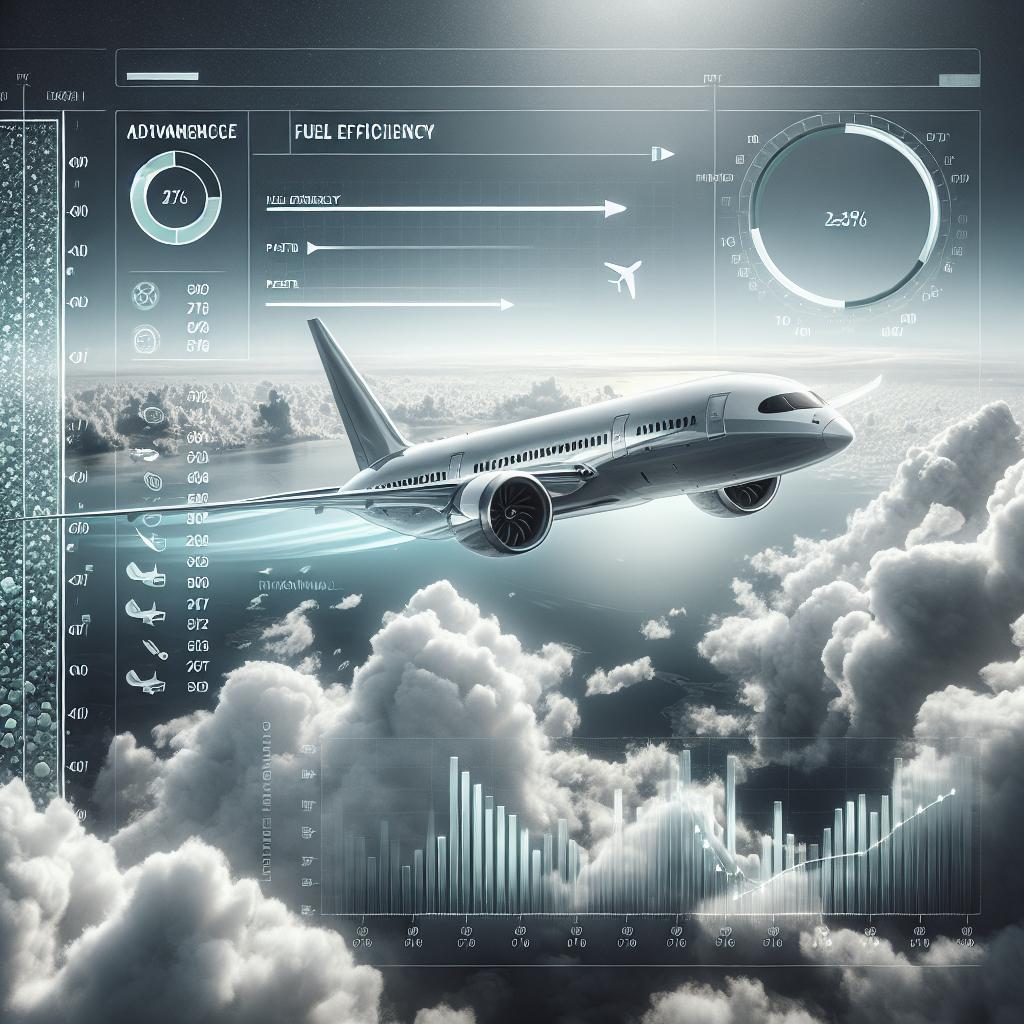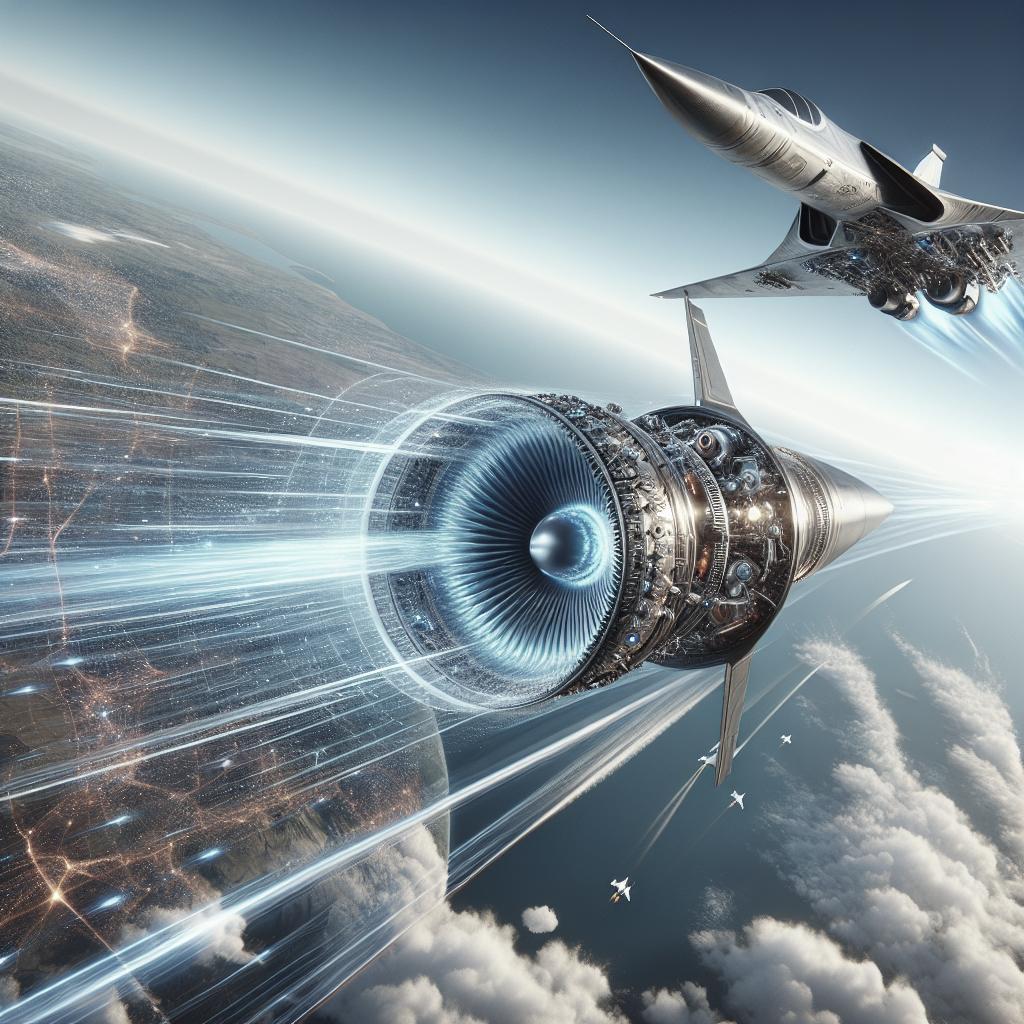Advancements in Airplane Fuel Efficiency
In recent years, the aerospace industry has made remarkable strides in improving airplane fuel efficiency, driven by a combination of technological innovation, environmental concerns, and the ever-growing demand for air travel. This evolution is critical in reducing the carbon footprint of aviation and meeting international environmental goals. In this article, we delve into the meaning and significance of aviation fuel efficiency, discuss the various factors that affect it, and explore the broader environmental impacts of aviation. Furthermore, we highlight emerging solutions designed to mitigate these impacts, offering a glimpse into the future of sustainable air travel.
What is Aviation Fuel Efficiency?
Aviation fuel efficiency refers to the proficiency with which an aircraft converts fuel into mileage, ultimately reducing emissions and operational costs. A more fuel-efficient aircraft can travel longer distances using lesser fuel, making it a key focal point for airlines and manufacturers alike. This efficiency is measured in terms of fuel burn per passenger-kilometer and plays a vital role in cost management and environmental responsibility.
Improvements in fuel efficiency have been achieved through innovations in aircraft design, engine technology, and fuel composition. Advanced aerodynamics, lightweight materials such as carbon composites, and the latest engine capabilities like geared turbofans and high-bypass ratios contribute significantly to these advancements. Furthermore, the integration of alternative fuels and hybrid-electric propulsion systems represents a promising area of growth in the quest for sustainable aviation.
Factors Affecting Aviation Fuel Efficiency
Several factors influence aviation fuel efficiency. Aircraft design, including aerodynamics and weight, plays an essential role. The sleeker and lighter an aircraft is, the less energy it requires to overcome drag, translating to better fuel efficiency. Innovations in materials science have allowed manufacturers to replace heavier metals with lighter alternatives, significantly impacting the aircraft’s overall performance.
Additionally, operational practices such as flight routing, air traffic management, and pilot training can affect efficiency. Optimizing flight routes and employing real-time data analysis to manage air traffic can reduce unnecessary fuel burn. Moreover, training pilots in efficient flying techniques, including optimal speed and altitude settings, helps achieve better fuel consumption and lower emissions.
Aviation Environmental Impacts
The aviation industry is a significant contributor to global greenhouse gas emissions, accounting for a substantial portion of the transportation sector’s carbon footprint. Carbon dioxide (CO2) emissions from burning aviation fuel contribute to climate change, while other pollutants such as nitrogen oxides (NOx) can impact air quality and public health. Understanding and addressing these impacts are crucial for sustainable development in air travel.
As international air travel continues to grow, the environmental impacts intensify, placing additional pressure on the industry to implement effective measures for emission reductions. In response, regulators and stakeholders are enforcing stricter emissions standards and promoting innovative solutions that prioritize sustainability without compromising safety and performance.
Mitigating Aviation Environmental Impact
Advancements in alternative fuels, such as sustainable aviation fuel (SAF), offer a practical solution to mitigate the environmental impacts of conventional aviation fuels. SAFs are derived from renewable resources and have a lower carbon footprint compared to traditional jet fuels, thus reducing overall emissions and improving aviation sustainability.
Moreover, the development of electric and hybrid-electric aircraft is another promising frontier in this endeavor. These technologies aim to reduce reliance on fossil fuels while minimizing noise pollution and enhancing energy efficiency. Companies and researchers are also exploring carbon offset programs and sequestration methods as additional ways to manage and reduce aviation’s ecological impact.
Next Steps
The continued drive towards greater fuel efficiency and sustainability in the aviation industry is crucial not only for economic benefits but also for aligning with global environmental objectives. By integrating cutting-edge technologies and adopting eco-friendly practices, the aviation industry can achieve significant advancements in reducing its ecological footprint.
Driving Efficiency and Sustainability: Tofwerk at Semicon Europa
Exhibitions like Semicon Europa offer an intriguing look at the collaborative efforts being made to drive efficiency and sustainability in aviation. Companies like Tofwerk are showcasing advanced technologies that have the potential to transform aerospace manufacturing and fuel efficiency. Innovations unveiled at such platforms hint at a future where fuel-efficient, sustainable aviation solutions are increasingly accessible and implemented widely across the industry.
About the Author
Lucas Martin is a passionate writer and journalism graduate with a keen eye for innovative technology and efficient solutions in the aviation industry. With strong research skills and a flair for engaging storytelling, Lucas enjoys exploring topics that inspire progress and positive change.
Share With Your Colleagues
If you found this article informative, feel free to share it with your colleagues or anyone interested in the future of sustainable aviation. Let’s spread awareness and stimulate discussion on this crucial topic.
| Section | Summary |
|---|---|
| What is Aviation Fuel Efficiency? | Explores the concept, measurement, and development of fuel efficiency through innovative aircraft technologies. |
| Factors Affecting Efficiency | Discusses the role of aircraft design, materials, operational practices, and the importance of efficient flying techniques. |
| Aviation Environmental Impacts | Examines aviation’s role in emissions and global warming, emphasizing the need for sustainable practices. |
| Mitigating Environmental Impact | Covers advances in sustainable aviation fuel, electric aircraft, and carbon management techniques. |
| Next Steps | Summarizes future directions and showcases industry efforts towards sustainable aviation solutions. |


